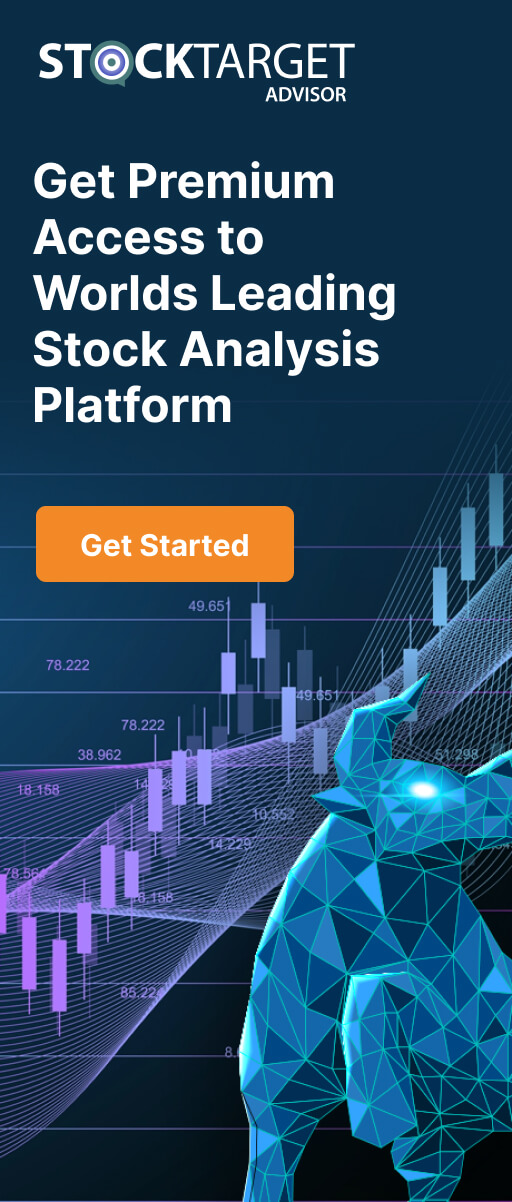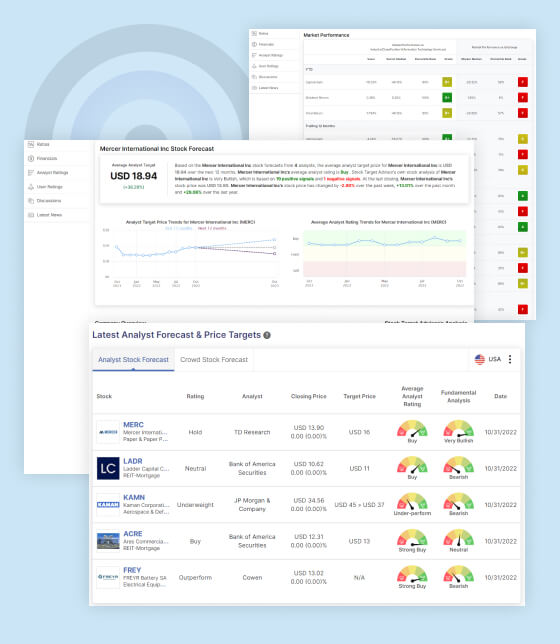Consumer Sentiment-USA
The sharp decline in U.S. consumer confidence, along with rising inflation expectations and increased concerns over trade and tariffs, certainly raises the expectation that financial markets may be entering a protracted phase in the market cycle.
1. Consumer Confidence and its Economic Impact
Consumer confidence is a key economic indicator because it reflects how optimistic or pessimistic households are about their financial situation and the broader economy. When consumer confidence declines sharply, it suggests that consumers are feeling uncertain, anxious, or less secure about their financial future. This shift in sentiment can have a ripple effect across the economy:
-
Reduced Spending: If consumers are worried about their future, they may tighten their purse strings, postponing or reducing discretionary purchases (such as big-ticket items, travel, and entertainment). This can directly impact industries like retail, automotive, and luxury goods. Essentially, when consumers are uncertain, they often prioritize savings and essential needs over luxury and non-essential items.
-
Increased Saving Rates: A decrease in confidence often leads to higher saving rates, as households may feel the need to build financial buffers in anticipation of potential economic difficulties. This further reduces consumer spending, which is a primary driver of economic growth in most economies, especially the U.S., where consumer spending accounts for around 70% of GDP.
-
Psychological Impact: The sharp decline in consumer confidence can also create a feedback loop. When consumers cut back on spending, businesses might see lower sales, leading them to slow down hiring or even lay off workers. The rise in unemployment and the fear of job losses can make consumers even more cautious, which deepens the economic slowdown.
2. Inflation Expectations and the Effect on Purchasing Behavior
Rising inflation expectations—such as the recent jump in the U.S. to 6% from 5.2%—indicate that people anticipate higher prices for goods and services in the near future. This can have several consequences for both consumer behavior and the broader economy:
-
Reduced Purchasing Power: As inflation expectations rise, consumers anticipate that their money won’t go as far in the future. Even if wages rise, they may not keep pace with inflation, which means households can afford less. This could lead to buying fewer goods, substituting cheaper alternatives, or postponing purchases altogether. For instance, people may decide to delay buying a new car or home appliance because they believe prices will rise even further.
-
Shifting Spending Priorities: If inflation is expected to continue rising, consumers might start prioritizing basic needs like food, gas, and housing over discretionary purchases. As a result, luxury goods and non-essential items could see decreased demand. Companies selling high-end products could face a slowdown in sales, while businesses in the essential goods sector (groceries, household products) may fare better.
-
Wage-Price Spiral Concerns: Rising inflation can create a cycle where workers demand higher wages to keep up with the increasing cost of living. If businesses accede to these demands, they may pass on the increased costs to consumers in the form of higher prices, which then contributes to inflation continuing to rise. This cycle can destabilize both household budgets and business profitability.
3. Trade, Tariffs, and Global Supply Chain Disruptions
Concerns about trade policies and tariffs can have a significant effect on consumer confidence and purchasing behavior, especially if those concerns lead to higher prices. Increased mentions of tariffs in consumer confidence surveys are a sign that people are feeling the impact of these policies. Here’s how it affects the economy:
-
Higher Consumer Prices: Tariffs, especially on imports, directly increase the cost of goods. For instance, if tariffs are placed on Chinese-made electronics or vehicles, American consumers will pay more for these goods. This directly feeds into inflation expectations because, when the cost of imported goods rises, retailers pass on those increased costs to consumers. If tariffs are levied on a wide range of goods, inflation could worsen, leading to more economic pain for households.
-
Disruption of Supply Chains: Tariffs also contribute to supply chain disruptions, which have already been a significant issue in the post-pandemic recovery. When tariffs are imposed, the cost of raw materials, intermediate goods, and finished products rises. This can lead to shortages, delayed production, and higher prices for consumers. For example, higher costs for steel or aluminum due to tariffs can make everything from cars to household appliances more expensive.
-
Shift in Global Trade Dynamics: Trade tensions and tariffs can also lead to shifts in global trade flows. If tariffs on imports lead to reduced demand for foreign goods, it could hurt companies that rely on global supply chains and foreign markets for their revenue. Companies may also choose to pass on costs to consumers or scale back operations, further exacerbating the slowdown in spending.
4. Implications for Economic Growth
All of these factors combined—declining consumer confidence, rising inflation expectations, and concerns over trade and tariffs—suggest that the U.S. economy could be facing headwinds in the short to medium term. Economic growth may slow for several reasons:
-
Reduced Consumer Demand: As consumers become more cautious with their spending, aggregate demand in the economy contracts. Businesses that rely on strong consumer demand for growth may struggle to meet sales targets, which could lead to lower earnings and even layoffs. The reduction in consumer demand could also slow down the pace of recovery in industries like travel, hospitality, and retail.
-
Slower Business Investment: If businesses anticipate weaker consumer demand and rising costs, they may hold off on expansion or capital investments. Companies may delay purchasing new equipment, expanding operations, or hiring additional workers. This would slow down productivity growth and overall economic output.
-
Tighter Monetary Policy: If inflation expectations rise and stay elevated, the Federal Reserve may decide to tighten monetary policy by raising interest rates. Higher rates can reduce consumer borrowing, making mortgages, car loans, and credit card debt more expensive. Additionally, businesses that rely on borrowing to fund expansion may face higher costs, which could slow down growth further.
Top 3 Sectors that Could Benefit:
-
Essential Consumer Goods Companies (e.g., Procter & Gamble, Colgate-Palmolive)
Why: In times of economic uncertainty and inflation, consumers tend to prioritize essential goods. Companies that sell household staples—such as cleaning products, food, and personal care items—tend to perform well during downturns because people still need these products regardless of economic conditions. Procter & Gamble (PG) and Colgate-Palmolive (CL) are strong candidates because they have stable demand and pricing power.
2. Energy Companies (e.g., ExxonMobil, Chevron)
Why: Energy stocks tend to benefit in environments with higher inflation, particularly if inflation is driven by rising energy prices. If tariffs on imports lead to higher energy costs or supply chain disruptions, oil and gas companies like ExxonMobil (XOM) and Chevron (CVX) may see increased revenues due to higher commodity prices. Energy stocks also often perform well as inflation hedges.
3. Utilities (e.g., Duke Energy, NextEra Energy)
Why: Utilities are considered defensive stocks. During times of economic uncertainty, consumers may cut back on discretionary spending, but they still need electricity, water, and gas. As a result, utility stocks tend to offer stable cash flows and dividends. Companies like Duke Energy (DUK) and NextEra Energy (NEE) could benefit from this stability, especially if inflation concerns cause investors to favor more defensive sectors.
Outlook: A Challenging Economic Outlook
The combination of rising inflation, declining consumer confidence, and concerns about tariffs could create a challenging environment for the U.S. economy. If consumer sentiment remains low and inflation expectations continue to rise, we could see a reduction in demand for goods and services, potentially leading to slower economic growth, rising unemployment, and higher prices. The economy may enter a period of stagnation or even a recession, particularly if businesses and consumers continue to pull back from spending and investment. For investors, these signals could mean increased volatility and a more cautious approach to risk, which could lead to a continued market downturn.

STA Research (StockTargetAdvisor.com) is a independent Investment Research company that specializes in stock forecasting and analysis with integrated AI, based on our platform stocktargetadvisor.com, EST 2007.






































